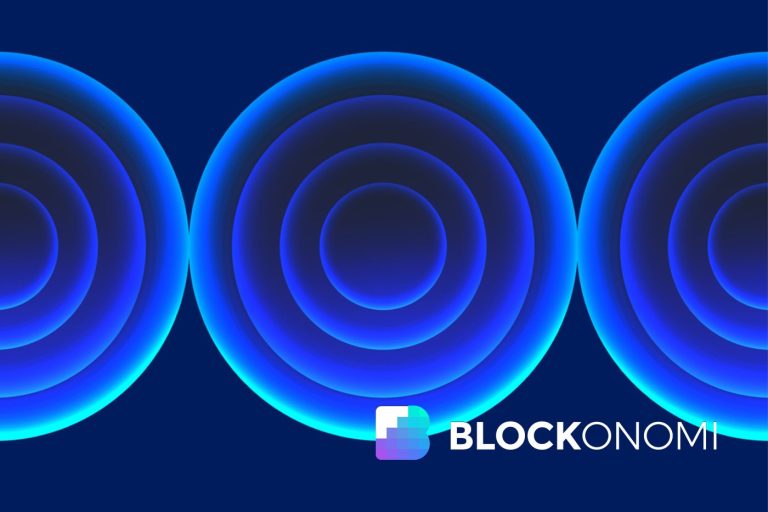
Smart Homes 2025: The Rise of AI-Driven Devices
Smart Homes 2025: The Rise of AI-Driven Devices is transforming the way we live, work, and interact with our living spaces. With the integration of Artificial Intelligence (AI) and Internet of Things (IoT) technology, smart homes are becoming increasingly sophisticated, efficient, and convenient.
Introduction to Smart Homes

A smart home is a residence that is equipped with advanced technology, including devices, sensors, and systems, that can be controlled and monitored remotely. These devices can be connected to the internet, allowing homeowners to access and manage their home’s functions, such as lighting, temperature, security, and entertainment, from anywhere in the world.
AI-Driven Devices in Smart Homes
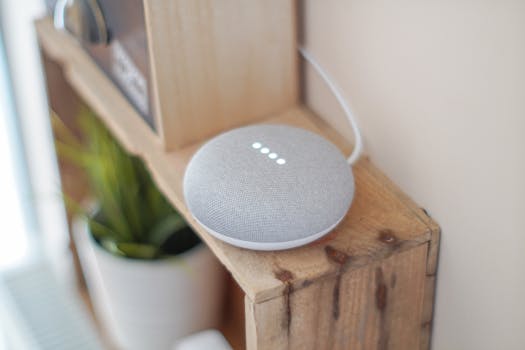
AI-driven devices are revolutionizing the smart home industry by providing advanced automation, personalization, and optimization. These devices can learn a homeowner’s preferences and adjust settings accordingly, making the home more comfortable, convenient, and energy-efficient.
Some examples of AI-driven devices in smart homes include:
- Smart thermostats that learn a homeowner’s temperature preferences and adjust the temperature accordingly
- Smart lighting systems that adjust the lighting levels and color based on the time of day and the homeowner’s activities
- Smart security cameras that can detect and recognize faces, and send alerts to the homeowner’s smartphone
- Smart speakers that can control various smart devices and provide information on news, weather, and traffic
Benefits of Smart Homes
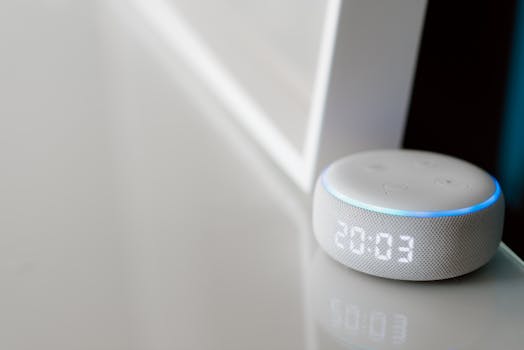
Smart homes offer numerous benefits, including:
- Energy efficiency: Smart homes can optimize energy consumption by automatically turning off lights, appliances, and heating/cooling systems when not in use
- Convenience: Smart homes can be controlled and monitored remotely, making it easy to manage the home’s functions from anywhere
- Security: Smart homes can provide advanced security features, such as motion detection, facial recognition, and alerts to the homeowner’s smartphone
- Comfort: Smart homes can adjust the temperature, lighting, and entertainment settings to create a comfortable and relaxing environment
Challenges and Limitations of Smart Homes
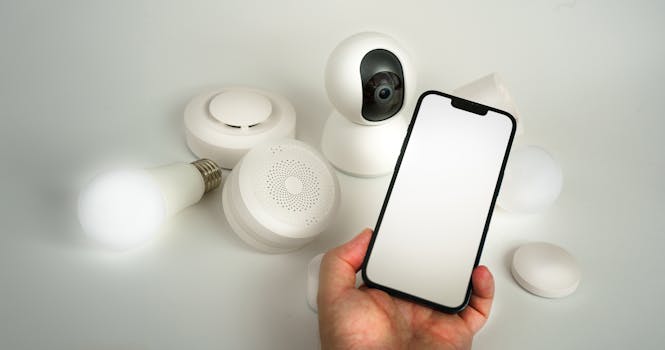
While smart homes offer many benefits, there are also some challenges and limitations to consider:
- Cost: Smart homes can be expensive to set up and maintain, especially for those with limited budgets
- Complexity: Smart homes require a certain level of technical expertise to set up and manage, which can be a barrier for some homeowners
- Security risks: Smart homes can be vulnerable to cyber attacks and data breaches, which can compromise the homeowner’s personal and financial information
- Dependence on technology: Smart homes rely on technology to function, which can be a problem if the technology fails or is not available
Conclusion
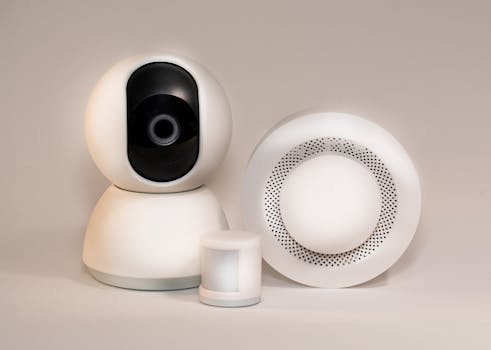
In conclusion, Smart Homes 2025: The Rise of AI-Driven Devices is transforming the way we live, work, and interact with our living spaces. With the integration of AI and IoT technology, smart homes are becoming increasingly sophisticated, efficient, and convenient. While there are some challenges and limitations to consider, the benefits of smart homes far outweigh the drawbacks. As technology continues to advance, we can expect to see even more innovative and exciting developments in the smart home industry.




